For winter building site conditions, an appropriate hydrosafe value is important. The hydrosafe value specifies how well sealed a humidity-variable vapour control layer still is at an average humidity of 70%. Average humidity of 70% will be present if there is 90% indoor air humidity and 50% humidity in the space between the rafters/studs. For example, these values could be present while walls are being plastered or screed is being installed.
According to the 70/7.5 rule, a hydrosafe value of MVTR = 7.5 [MNs/g] is sufficient to keep the increased humidity that results from construction work out of the building's structure and insulation layer.
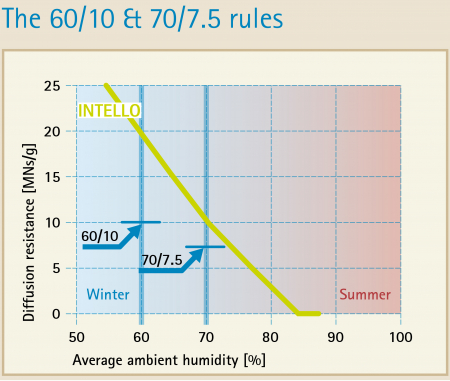
INTELLO has a hydrosafe value of 10 [MNs/g], significantly above the requirement of MVTR = 7.5 [MNs/g]. However, the hydrosafe value should not be over 13 [MNs/g], as otherwise the drying of moisture that has penetrated into a structure in an unforeseen manner can be hindered. This should not be confused with an external building wrap or rigid air barrier that are required to be <7 [MNs/g] ie. more vapour open than the internal vapour control layer in a temperate, cool or cold climate.
pro clima's DB+ is the original humidity-variable vapour control layer. It was developed in the early 1990s and is similar to the natural performance of wood fibre which has a varying restriction to the passage of moisture depending on the humidity surrounding the fibre. The variable performance ensures a high level of moisture protection in buildings both during and after the construction phase. DB+ has been systematically refined to produce INTELLO.
An attempt at comparing Vapour Control Layers with Cacti
Someone recently compared vapour control layers to the workings of a cactus. It is an interesting analogy but fundamentally wrong. A vapour control layer does not work like a cactus, which closes its pores when it is cold and opens them when it gets warm. Humidity-variability must work when it is hot and when it is cold too. Otherwise the membranes cannot be used to protect building components with an indoor climate that remains roughly constant.
Membranes that are dependent on cold/hot will always lead to structural damage. In addition, membranes with pores are not airtight! Also, water regulation in cacti has little in common with the functioning of a vapour control layer. Cacti are succulent plants (water-storing plants). They can prosper in regions with low precipitation thanks to their large capacity to store water. Like most other plants, cacti take up water through their roots and store it internally. Their rate of water loss (through evaporation) is very low. They give off very little water through their relatively thick skin. Water take-up (through roots) and evaporation (through skin) occur at different locations in the case of cacti. There is no intelligent membrane process at work in the skin of the cactus!
INTELLO offers safety
INTELLO ensures protection against structural damage. With its perfectly balanced diffusion profile, it ensures that structures will be particularly robust and reliable. In winter, INTELLO has a very high diffusion resistance and provides optimal protection against structural damage and mould for insulation materials. In summer, it can become extremely permeable if necessary. In this way, moisture that has entered into a building component in an unforeseen manner can dry out again properly. This principle has proven itself in practice over more than 20 years and for many millions of square metres of installed INTELLO. The New Zealand Based Study on Airtightness and Moisture Management contains all the calculation of the protection offered against structural damage and all the necessary background information in this regard.
INTELLO offers excellent protection against structural damage: during the construction phase and also for the life-time of the building.
Please feel free to contact pro clima on 0800 proclima or visit the pro clima website.









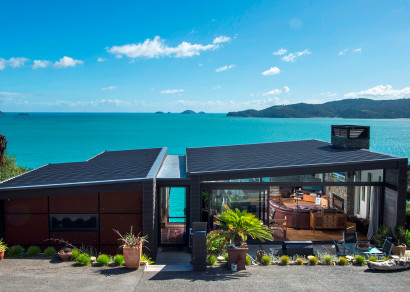



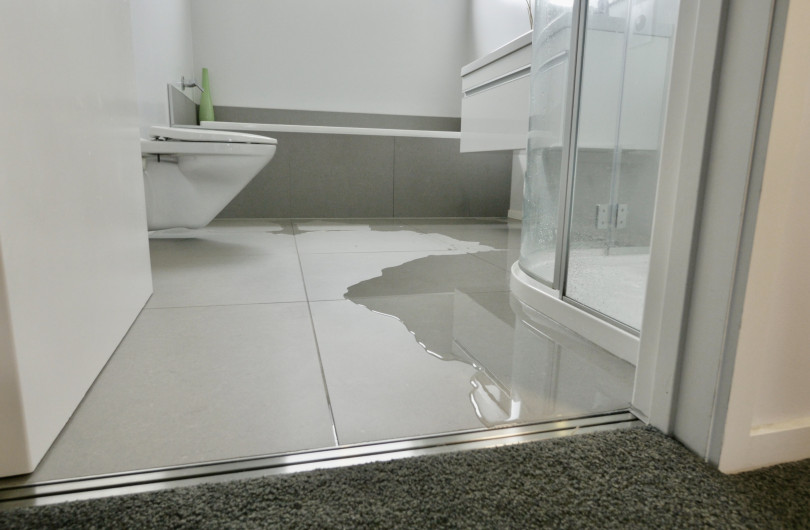
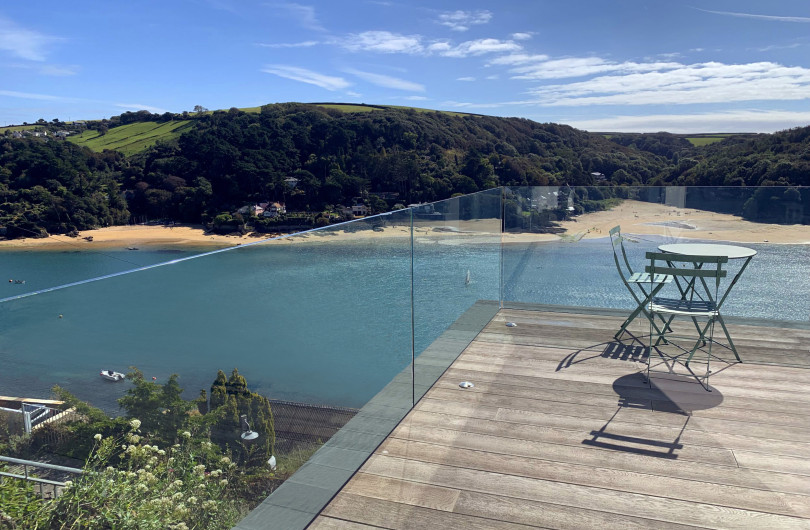
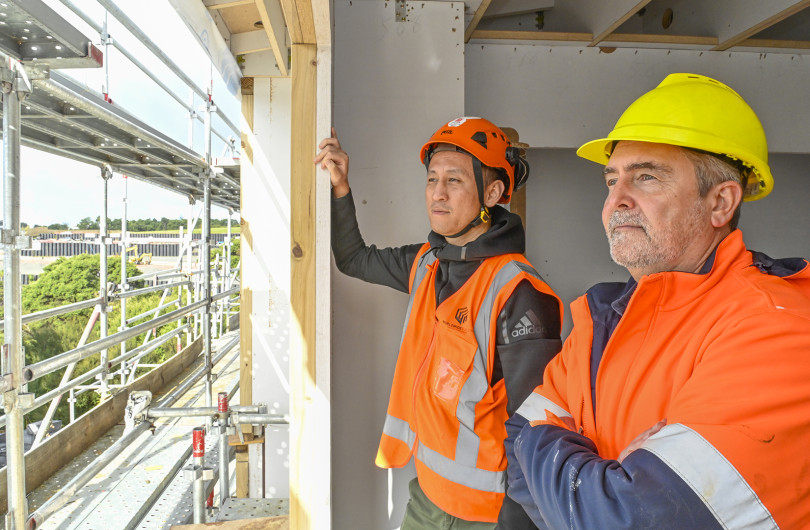
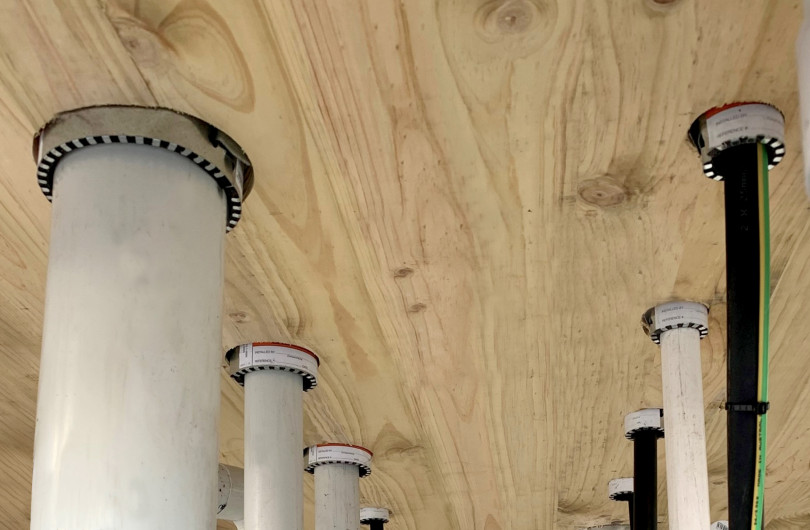

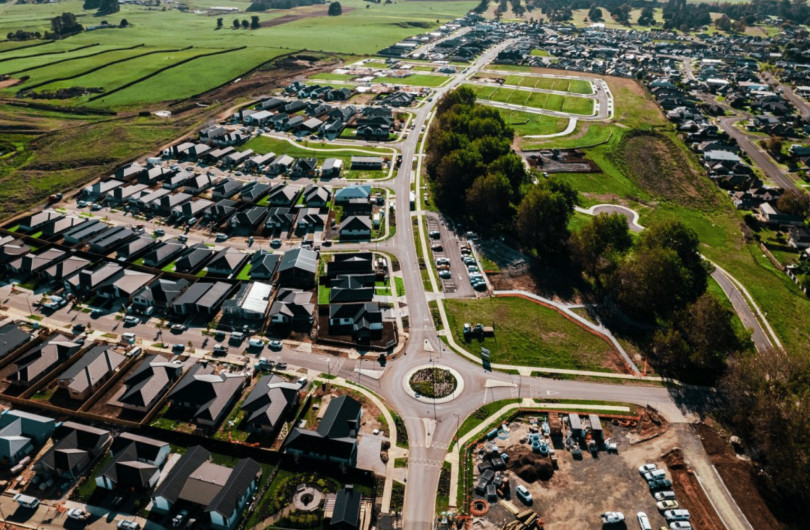

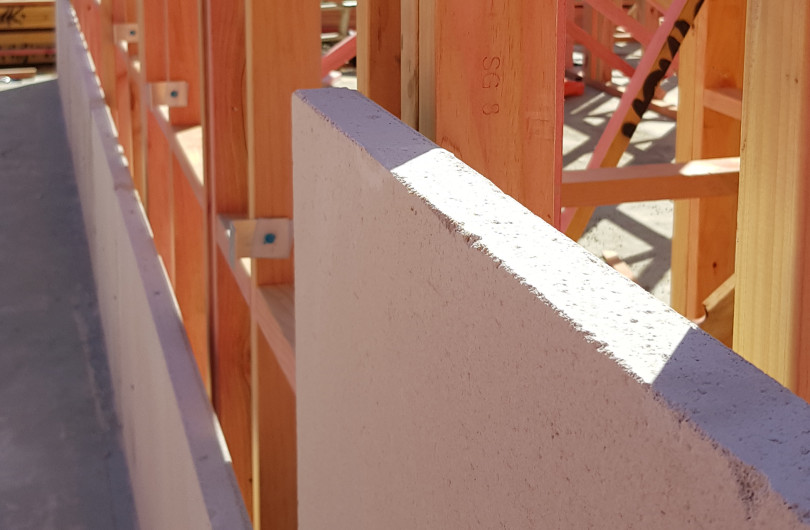




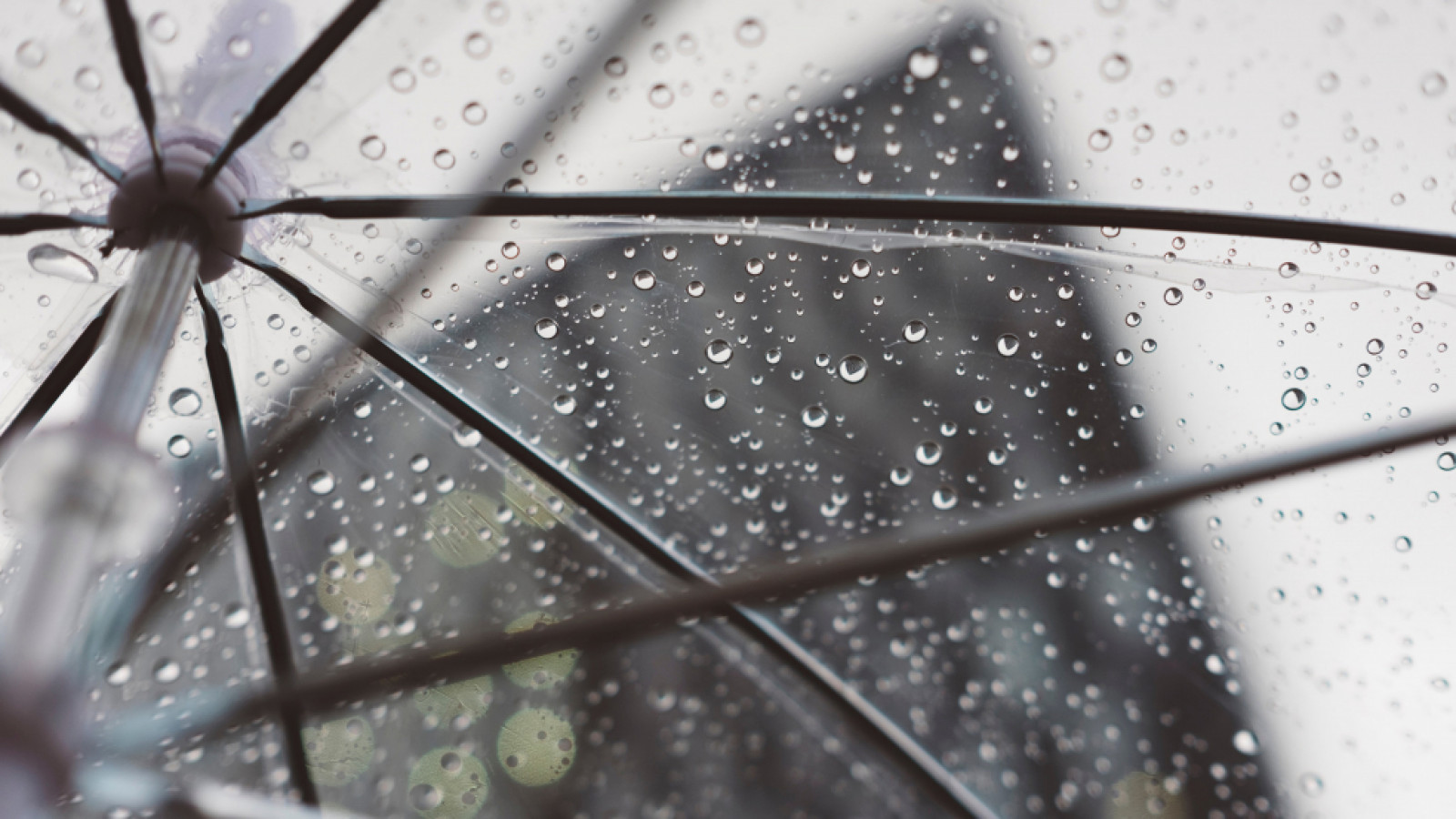



 Most Popular
Most Popular Popular Products
Popular Products


